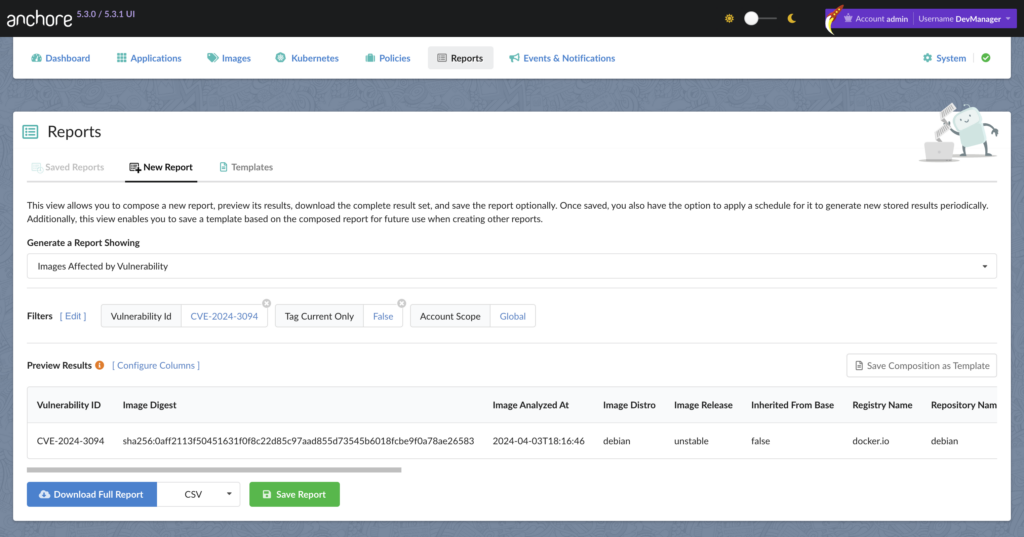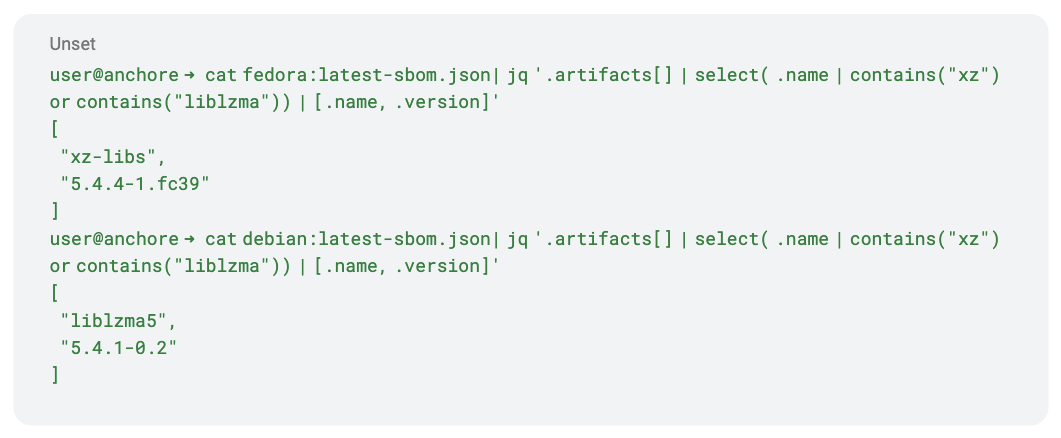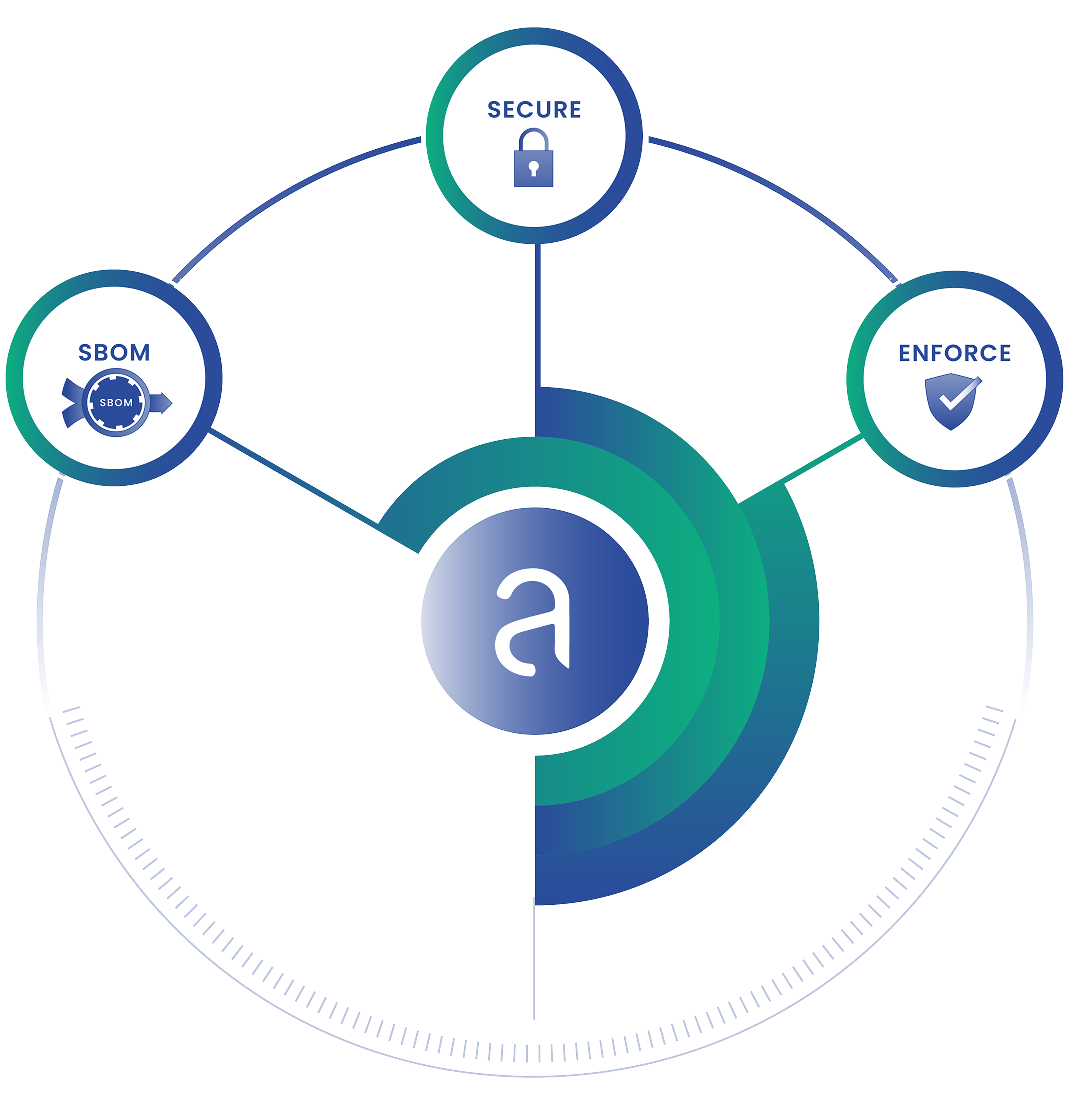A very impressive and scary attack against the xz library was uncovered on Friday, which made for an interesting weekend for many of us.
There has been a lot written about the technical aspects of this attack, and more will be uncovered over the next few days and weeks. It’s likely we’re not done learning new details about this attack. This doesn’t appear to affect as many organizations as Log4Shell did, but it’s a pretty big deal. Especially what this sort of attack means for the larger ecosystem of open source. Trying to explain the details isn’t the point of this blog post. There’s another angle of this story that’s not getting much attention. How can we solve problems like this (we can’t), and what can we do going forward?
The unsolvable problem
Sometimes reality can be harsh, but the painful truth about this sort of attack is that there is no solution. Many projects and organizations are happy to explain how they keep you safe, or how you can prevent supply chain attacks, by doing this one simple thing. However, the industry as it stands today lacks the ability to prevent an attack created by a motivated and resourced threat actor. If we want to use an analogy, preventing an attack like xz is the equivalent of the pre-crime science fiction dystopian stories. The idea behind pre-crime is to use data or technology to predict when a crime is going to happen, then stopping it. This leads to a number of problems in any society that adopts such a thing as one can probably imagine.
If there is a malicious open source maintainer, we lack the tools and knowledge to prevent this sort of attack, as you can’t actually stop such behavior until after it happens. It may be possible there’s no way to stop something like this before it happens.
HOWEVER, that doesn’t mean we are helpless. We can take a page out of the playbook of the observability industry. Sometimes we’re able to see problems as they happen or after they happen, then use that knowledge from the past to improve the future, that is a problem we can solve. And it’s a solution that we can measure. If you have a solid inventory of your software, looking for affected versions of xz becomes simple and effective.
Today and Tomorrow
Of course looking for a vulnerable version of xz, specifically versions 5.6.0 and 5.6.1, is something we should all be doing. If you’ve not gone through the software you’re running you should go do this right now. See below for instructions on how to use Syft and Anchore Enterprise to accomplish this.
Finding two specific versions of xz is a very important task right now, there’s also what happens tomorrow. We’re all very worried about these two specific versions of xz, but we should prepare for what happens next. It’s very possible there will be other versions of xz that end up having questionable code that needs to be removed or downgraded. There could be other libraries that have problems (everyone is looking for similar attacks now). We don’t really know what’s coming next. The worst part of being in the middle of attacks like this are the unknowns. But there are some things we do know. If you have an accurate inventory of your software, figuring out what software or packages you need to update becomes trivial.
Creating an inventory
If you’re running Anchore Enterprise the good news is you already have an inventory of your software. You can create a report that will look for images affected by CVE-2024-3094.

The above image shows how a report in Anchore Enterprise can be created. Another feature of Anchore Enterprise allows you to query all of your SBOMs for instances of specified software via an API call, by package name. This is useful for gaining insights about the location, ubiquity, and the version spread of the software, present in your environment.
The package names in question are the liblzma5 and xz-libs packages, which cover the common naming across rpm, dpkg, and apkg based Linux distributions. For example:

See the Anchore Enterprise API Browser for more information about the API, and the Anchore Enterprise Documentation for more details on reporting, vulnerability scanning, and other functions of the system.
If you’re using Syft, it’s a little bit more complicated, but still a very solvable problem. The first thing to do is generate SBOMs for the software you’re using. Let’s create SBOMs for container images in this example.

It’s important to keep those SBOMs you just created somewhere safe. If we then find out in a few days or weeks that other versions of xz shouldn’t be trusted, or if a different open source library has a similar problem, we can just run a query against those files to understand how or if we are affected.
Now that we have a directory full of SBOMs, we can run a query similar to these to figure out which SBOMs have a version of xz in them.

While the example looks for xz, if the need to quickly look for other packages arises in the near future, it’s easy to adjust your query. It’s even easier if you store the SBOMs in some sort of searchable database.
What now?
There’s no doubt it’s going to be a very interesting couple of weeks for many of us. Anyone who has been watching the news is probably wondering what wild supply chain story will happen next. The pace of solving open source security problems hasn’t kept pace with the growth of open source. There will be no quick fixes. The only way we get out of this one is a lot of hard questions and even more hard work.
But in the meantime, we can focus on understanding and defending what we have. Sometimes the best defense is a good defense.
Want a primer on software suppy chain security? Get our whitepaper here.



